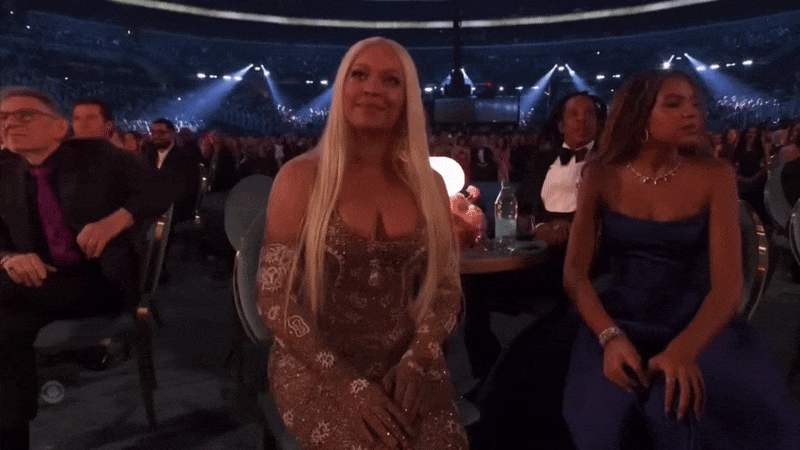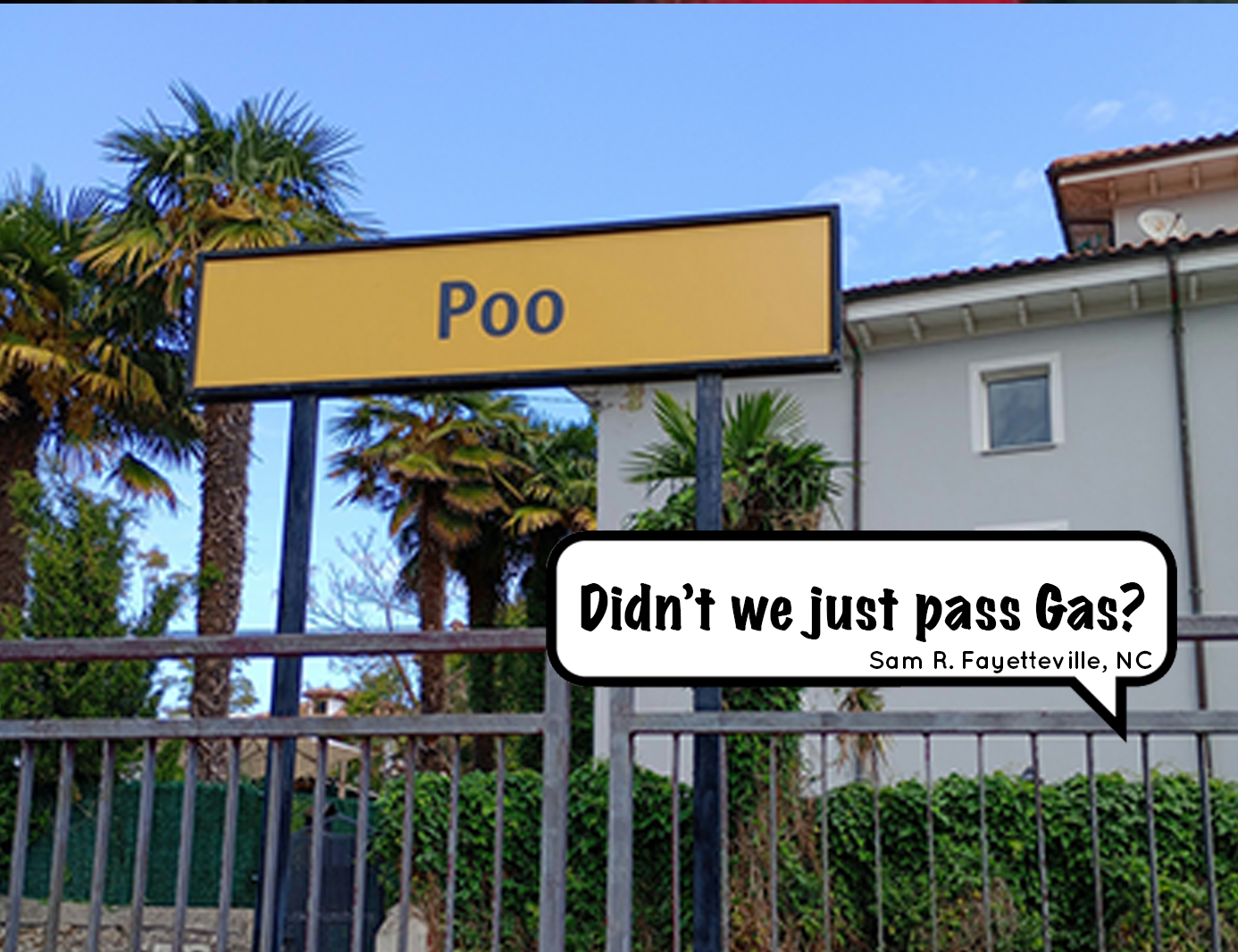The Psychology of Humor in Captions
Why do some captions make us laugh out loud while others fall flat? The secret lies in the psychology of humor. Great captions tap into cognitive patterns, surprise the brain, and play on human emotions. Let’s break down the key psychological principles behind a funny caption.
1. The Element of Surprise
🔹 Why It Works: Our brains predict what will happen next. Humor flips expectations upside down, creating a moment of surprise.
💡 Example:
🖼️ Image: A dog covered in mud.
😂 Caption: “I regret nothing.”
✅ The humor comes from the dog’s guilty expression not matching the caption’s rebellious attitude.
2. Relatability and Shared Experiences
🔹 Why It Works: People laugh when they see something they’ve experienced themselves. This builds a quick emotional connection.
💡 Example:
🖼️ Image: A cat knocking over a glass.
😂 Caption: “If it wasn’t meant to be on the table, why did you put it there?”
✅ Cat owners instantly recognize this chaotic behavior.
3. The Rule of Three
🔹 Why It Works: The human brain processes patterns, and three is the perfect number for a comedic setup.
💡 Example:
🖼️ Image: A pigeon staring at a sandwich.
😂 Caption: “Step 1: Locate food. Step 2: Move closer. Step 3: Profit.”
✅ This mirrors internet meme culture and feels naturally funny.
4. Absurdity and Exaggeration
🔹 Why It Works: The brain loves the unexpected. A wild overstatement can turn a simple caption into comedy gold.
💡 Example:
🖼️ Image: A hamster stuffing its cheeks with food.
😂 Caption: “Me preparing for winter. Or a 20-minute meeting.”
✅ The contrast between a hamster’s survival instincts and human office culture makes it funny.
5. Playing with Language
🔹 Why It Works: Puns, double meanings, and wordplay make the brain work just enough to appreciate the joke.
💡 Example:
🖼️ Image: A cat sitting in a cardboard box.
😂 Caption: “Think outside the box? No thanks.”
✅ The play on the phrase makes it simple yet clever.
How to Use Psychology in Your Own Captions
✅ Keep captions short and snappy—the faster the brain processes them, the funnier they are.
✅ Use contrast—pair serious tones with ridiculous situations.
✅ Think about relatability—if people see themselves in the caption, they’ll connect with it.
Now that you know the science behind humor, why not put it to the test? Enter our latest caption contest and show off your wit!



















Leave a Reply